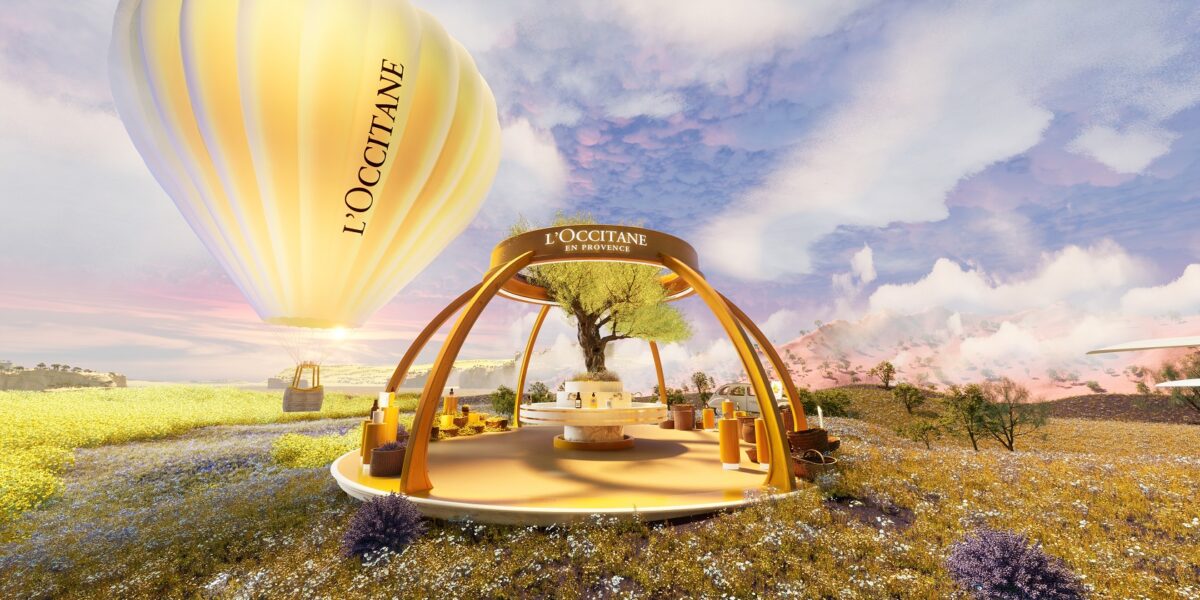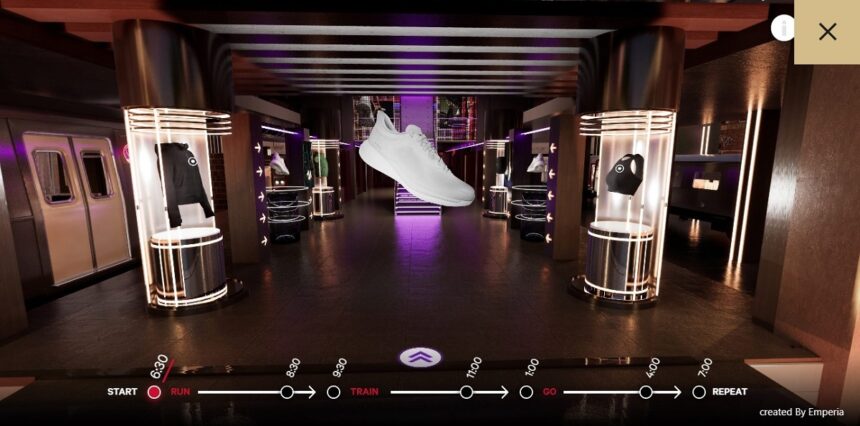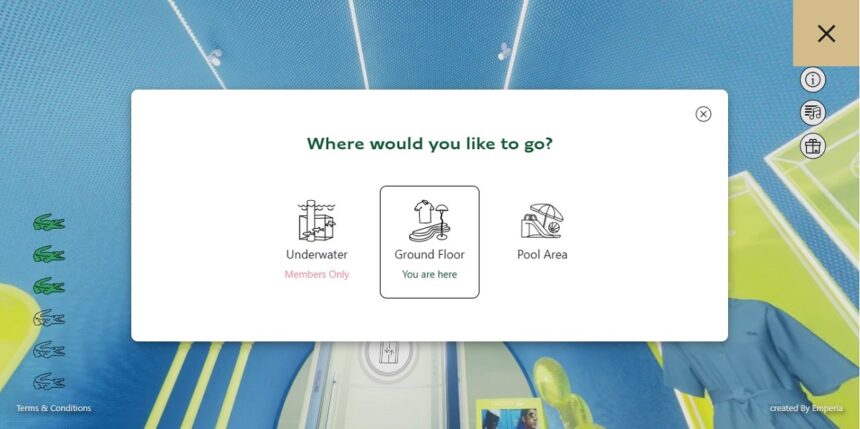Emperia's Virtual Store Fronts Preview the Future of eCommerce

Virtual worlds created by Emperia may preview the future of eCommerce as the online shopping experience becomes increasingly immersive.
Gamified shopping experiences might have first made a big splash for retailers when they moved into games like Roblox. Emperia, however, is bringing the virtual shopping experience back to businesses. Over the years, their virtual stores have become increasingly deeper and more interactive – and incorporate more and more emerging technologies, including NFTs.
What Is Emperia?
Emperia creates browser-based immersive virtual storefronts for retailers, as well as virtual galleries for artists, and 3D assets for the fashion industry. In the case of virtual storefronts, the move is the kind of rethinking of eCommerce that many shoppers are eager for.
In most online shopping experiences, shoppers scroll through pages of 2D images of products. While navigating to the product’s page may generate images of the product from different views, it rarely brings shoppers to a 3D model of the item.
In Emperia-powered virtual storefronts, all items appear as 3D objects arranged in a spatially navigable virtual environment. Shoppers navigate the space and select items to learn more about them and see an interactive configurable page for the product.
This has a number of material benefits for the retailer. It allows them to replicate the experience of a physical store without the security risk of having actual products exposed or the costs of maintaining a physical storefront and paying additional staff. Virtual stores also reduce shipping costs and increase availability to customers removed from population centers and shopping opportunities.
More than that, the process delivers all the benefits that retailers want when creating a virtual world in gaming platforms. They gain control over the world that isn’t possible in physical space. This allows them to take the average shopper on the kind of brand journey that was once limited to those who could afford to travel to a store opening or other VIP experience.
Touring Recent Emperia Virtual Stores
Each of Emperia’s activations has pushed the boundaries a little further. A series of recent experiences, however, have been particularly impressive - even incorporating theatrical elements to further immerse shoppers in the brand ethos.

Giant 3D models of items fill the Lulemon virtual store. Image: Jon Jaehnig/MIXED.
The company’s latest activation, a virtual store for Lulemon, takes shoppers on a virtual jog through some of the athletic clothing company’s new line accompanied by energizing music.
Virtual models of products line both sides of the “track” up to the end of the road. There, runners can watch a promotional video and explore either side of the screen to find more virtual products.

Visitors to the Lacoste Summer virtual experience are invited to search the space for hidden crocodiles - and the chance to win rewards. Image: Jon Jaehnig / MIXED.
An earlier virtual store experience showcases Lacoste’s Summer Collection. At first glance, the model seems very similar to the Lulemon activation, but this experience has the added fun of a mini-game involving finding the Lacoste crocodile mascot throughout the experience.
Further, the pool-themed virtual world exists on three levels, with one only available to members.

When visitors to the L'Occitane virtual worlds encounter ingredients, they have the opportunity to learn how the beauty products company sources its ingredients. Image: Jon Jaehnig / MIXED.
One recent project for L’Occitane was more than just a virtual store. “Shoppers” became “explorers” as each of four ingredients in the French beauty company’s product line generates its own virtual experience.
Visitors tour France by bicycle and hot air balloon, collecting lavender and exploring immortelle fields. They drive to a picnic in an almond grove and fly to Africa for Shea nuts.
What eCommerce Should Look Like
These experiences are about shoppers exploring virtual stores but, more than that, they’re about exploring the brands themselves. A theatrical experience like that behind the L’Occitane virtual world might have been achieved through a conventional commercial. But, then the shopper leaves that mindset behind by returning to the real world to make a purchase.

The Lacoste Summer virtual world occupies three levels - one of which is exclusive to members. Image: Jon Jaehnig / MIXED.
Hiding the Lacoste crocodile mascot encourages visitors to really explore the full virtual space. Something similar could have been achieved in physical venues, but with much greater logistical challenge. Tracking which visitors have found which crocodiles is much easier to manage on a computer. Similarly, access to the virtual VIP room is granted with an email or by proving ownership of a Lacoste NFT.
While none of these examples have done so, previous Emperia activations have sold NFTs as well as physical products. Digital ownership of assets, particularly when those assets prove membership in exclusive clubs, is another example of retailers embracing digital transformations in modern takes on traditional approaches to building brand identity and building relationships with customers.
The idea of virtually selling physical goods and of selling virtual goods are explicit aspects of Mark Zuckerberg’s metaverse marketing plan. But, the vision of these tactics expressed by Zuckerberg and others remains a thing of the future. While Emeperia’s desktop view may not feel like the metaverse to some, it brings futuristic concepts into the present day.
The Future of Shopping Today
Emerging technologies can feel like they’re emerging until the moment that they’re taken for granted. We rarely stop and look at how the future starts. In the case of virtual storefronts and virtual goods, Emperia shows us what our commercial lives may look like very soon.
Note: Links to online stores in articles can be so-called affiliate links. If you buy through this link, MIXED receives a commission from the provider. For you the price does not change.